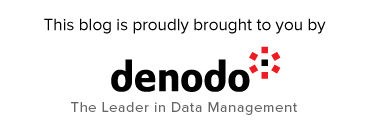What’s Needed for an Effective Renewable Energy Management Solution (REMS)
Reading Time: 3 minutes Energy and utility companies are under constant pressure to decarbonize and electrify, and though this may be disruptive for operations (while being kind to the planet), the fundamental nature of electrification is that it can be easily digitized and monitored,…











